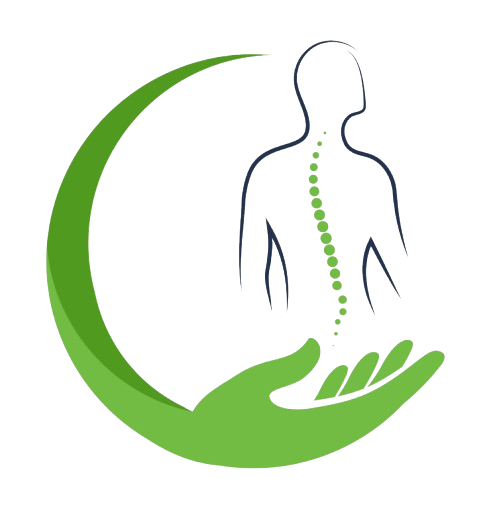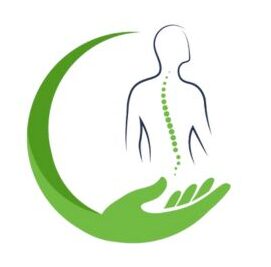Persistent neck pain can be a nagging, life-disrupting issue. It may affect day-to-day activities like turning your head to check traffic or even just finding a comfortable sleeping posture. With standard remedies like medications and physical therapy sometimes falling short, people are increasingly exploring alternative therapies. One intriguing option gaining attention is craniosacral therapy for neck pain. This gentle approach offers a non-invasive way to potentially reduce discomfort.
In this blog, we’ll delve into the world of craniosacral therapy, exploring how it works and why it may be a valuable option for those suffering from unending neck aches. We’ll also look at what a typical session involves and weigh its potential benefits. If you’re considering alternative treatments for neck pain, this overview should serve as a helpful starting point.
Understanding Craniosacral Therapy (CST)
Craniosacral therapy (CST) is a type of therapy that uses light touch to assess the craniosacral system. This system involves the membranes and fluid that surround the brain and spinal cord. Through gentle manipulation, therapists aim to relieve tension and enhance body functions. It is different from craniosacral massage as it doesn’t involve intense tissue kneading but rather focuses on subtle adjustments.
It was developed by Dr William Garner Sutherland, rooted in holistic health practices that emphasize the body’s self-healing abilities. CST’s history highlights a belief in supporting the body’s natural capabilities, instead of just focusing on symptoms, contributing to its unique appeal.
Mechanisms Behind CST’s Effectiveness in Neck Pain Relief
Many believe that CST works by calming the connective tissues and easing muscle restrictions. This might help lessen the tension that typically contributes to neck pain.
Another key point is how CST can boost fluid circulation in the body. Better movement of fluids can contribute to healing, making CST potentially effective in managing neck discomfort. This emphasis on supporting the body’s internal capabilities to restore itself is where CST shows promise.
Moreover, the cranial sacral technique complements the body’s natural balance, potentially reducing the overall stress burden. This simple, nurturing touch taps into the body’s healing wisdom, suggesting a gentle but powerful role in alleviating pain.
Scientific Evidence Supporting Craniosacral Therapy
Research on craniosacral therapy for neck pain is still developing, yet some studies show promising results. Several randomized trials indicate the effectiveness of CST for managing pain. For instance, these studies often report decreased pain levels and improved life quality after receiving CST.
For those concerned about safety, CST has a favourable profile. Most studies report no significant adverse effects, reflecting its gentle nature. This feature makes it especially appealing to those wary of harsh interventions.
However, the scientific community acknowledges that more research is needed to fully understand CST’s impact. While initial findings are encouraging, ongoing science continues to explore the broader benefits of cranial therapy for neck pain and other ailments. Thus, staying updated on emerging studies is key for those interested in CST.
What to Expect from a Craniosacral Therapy Session
When stepping into a CST session, patients can expect a calm, supportive environment. During the consultation, the therapist will explain the process. That includes seeking a comfortable position—often lying down—and discussing your symptoms and case history in case of chronic pains.
The therapist will use craniosacral therapy techniques, employing a gentle touch on specific areas like the neck. This process aims to identify and release areas of restriction or tension.
Typically, a CST session lasts about an hour. While some may feel relief after one session, others might require multiple appointments for noticeable improvement. Ultimately, the number of sessions depends on individual needs and the severity of the neck pain, encouraging consistent dialogue with your therapist.
Evaluating the Benefits and Choosing CST
What makes craniosacral therapy techniques appealing is their potential to offer relief beyond conventional treatments. People suffering from chronic neck pain often find lasting comfort elusive.
Here are some points to consider if craniosacral therapy for neck pain might be your next step:
- Gentle Approach: Many people prefer CST’s mild techniques compared to more rigorous therapies.
- Holistic Focus: Provides an all-around health boost and not just local symptom relief.
- No Significant Risks: Most find it safe with minimal side effects noted.
When choosing a practitioner, ensure they are certified and experienced. Many therapists work alongside other healthcare providers, reinforcing a team-based approach to health.
Ultimately, craniosacral therapy invites those with persistent neck issues to seek a more balanced, integrated form of relief. For those ready to explore something beyond regular paths, CST could present a scientifically supported alternative that promotes overall well-being and better neck health.



